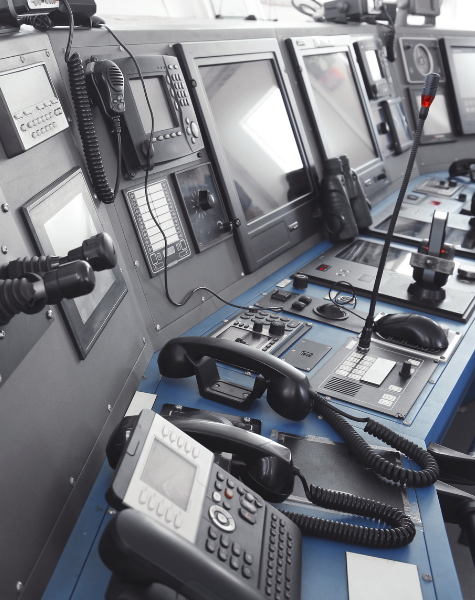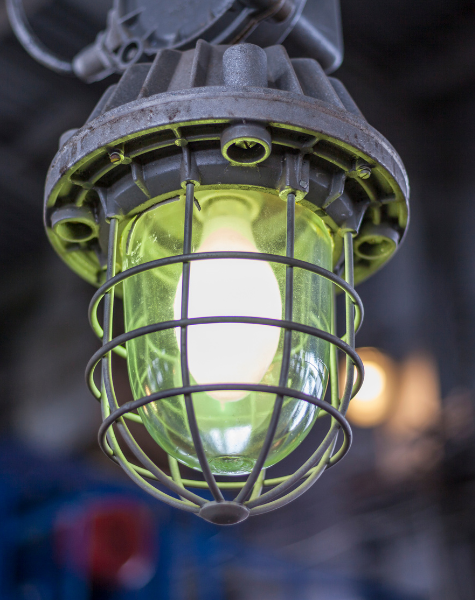Gas Detection
Gas detection is a vital component of safety protocols in environments where the presence of dangerous gases is a potential risk. Gas detectors are specifically designed to monitor and detect the existence of specific gases, such as carbon monoxide, methane, or hydrogen sulfide. By utilizing sensors capable of measuring gas concentrations, these detectors provide timely alerts to mitigate potential hazards, safeguard individuals, and enable prompt response actions.
Fire Detection
Fire detection is an essential element within fire safety systems, responsible for promptly identifying and warning about potential fires. Different types of detectors, such as smoke detectors, heat detectors, and flame detectors, are utilized to detect the presence of fire or smoke.
Measuring & Control Instruments
Measuring and control instruments are essential tools used in various industries to monitor and regulate processes and parameters. These instruments enable precise measurement of variables such as temperature, pressure, flow rate, level, providing critical data for operational control and optimization. By accurately monitoring and controlling these variables, the instruments contribute to enhancing efficiency, productivity, and safety in a wide range of applications, including oil & gas, marine, manufacturing, energy, environmental monitoring, and laboratory settings.
Breathing Apparatus
Breathing apparatus, such as SCBA and EEBD, are vital tools for respiratory protection in hazardous environments and emergency situations. SCBA provides a continuous supply of clean air for firefighters and rescue workers in environments with smoke, toxic gases, or oxygen deficiency. EEBDs, on the other hand, are compact devices designed for emergency escape, offering a short-term source of breathable air during evacuations from confined spaces or maritime incidents. Both SCBA and EEBD play essential roles in protecting respiratory health and ensuring the safety of individuals in challenging and potentially life-threatening circumstances.
Communication Systems
Communication and addressing systems are integral components of effective information exchange within organizations. Communication systems enable the seamless transmission of messages, facilitating efficient collaboration and decision-making. Addressing systems ensure that messages are directed to specific recipients or groups, enhancing the precision and targeted nature of communication, resulting in improved productivity and streamlined workflows.
Sounders and Beacons
Sounders and beacons are essential components of audible and visual notification systems used for emergency alerts and signaling in various settings. Sounders, also known as alarm horns or sirens, produce loud and distinctive sounds to grab attention and indicate the presence of an emergency situation. Beacons, on the other hand, utilize bright and flashing lights to provide visual alerts, especially in environments where audible signals may not be as effective or for individuals with hearing impairments. The combination of sounders and beacons ensures that emergency notifications are effectively communicated, increasing safety awareness and facilitating prompt response.
Light Fixtures
Light fixtures, including explosion-proof lighting, play a crucial role in providing illumination in hazardous environments where the risk of explosions or ignitions is present. Explosion-proof light fixtures are specifically designed to prevent the ignition of flammable gases, vapors, or dust particles, ensuring safe operation in potentially explosive atmospheres. These fixtures are constructed with robust materials, sealed enclosures, and protective features to contain any potential sparks or heat generated by the lighting source, minimizing the risk of causing an explosion. Their use is essential in industries such as oil and gas, chemical plants, refineries, and mining, where safety is of utmost importance in potentially volatile environments.











